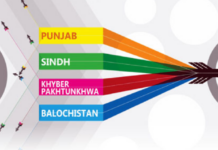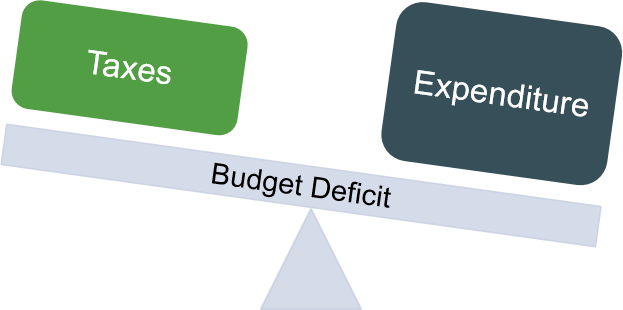The federal government is preparing for a challenging fiscal year ahead, with a proposed budget deficit of Rs 6.2 trillion, or 4.8% of GDP, for the upcoming fiscal year 2025-26. The total size of the budget is expected to be around Rs 17.6 trillion, which is 7.3% lower than this year’s original budget due to reduced allocations for interest payments, according to a news report.
Finance Minister Muhammad Aurangzeb is scheduled to present his second budget speech on June 10, which is expected to outline the government’s fiscal strategy. Despite the goal of fiscal consolidation, the budget suggests a narrow path for expenditure, with limited room for productive spending after allocations for interest servicing and defense.
Government sources confirmed that the proposed deficit would be Rs 2.3 trillion less than the original estimates for this fiscal year, marking a significant reduction in both absolute terms and as a percentage of GDP. However, the deficit remains substantial, and the government is aiming for fiscal consolidation of 2% of GDP, or Rs 2.6 trillion, by targeting a budget deficit of 4.8% of GDP.
The government’s revenue generation strategy faces challenges, as the Federal Board of Revenue (FBR) is projected to fall short of its target once again. The FBR’s tax target for FY 2025-26 is Rs 14.13 trillion, but sources indicate that achieving this target will be difficult given the FBR’s inability to meet even the downward revised target for this fiscal year. Non-tax revenue is expected to reach Rs 5.2 trillion, largely from the Petroleum Levy and profits from the State Bank of Pakistan.
As per the news report, the government plans to rely on borrowing to finance the deficit, with an anticipated Rs 6.2 trillion in borrowing for the next fiscal year. In addition, under the IMF programme, the four provinces are required to save Rs 1.33 trillion as a cash surplus to help reduce the national deficit to 3.7% of GDP.
The provinces, however, have indicated higher-than-permitted development spending, with Punjab projecting Rs 1.2 trillion and Sindh planning Rs 995 billion in development expenditures. This is significantly higher than the Rs 2.9 trillion limit set by the IMF for provincial development spending.
Despite efforts to improve revenue collection, the government faces an uphill battle to meet its fiscal and revenue targets in a tight economic environment.























